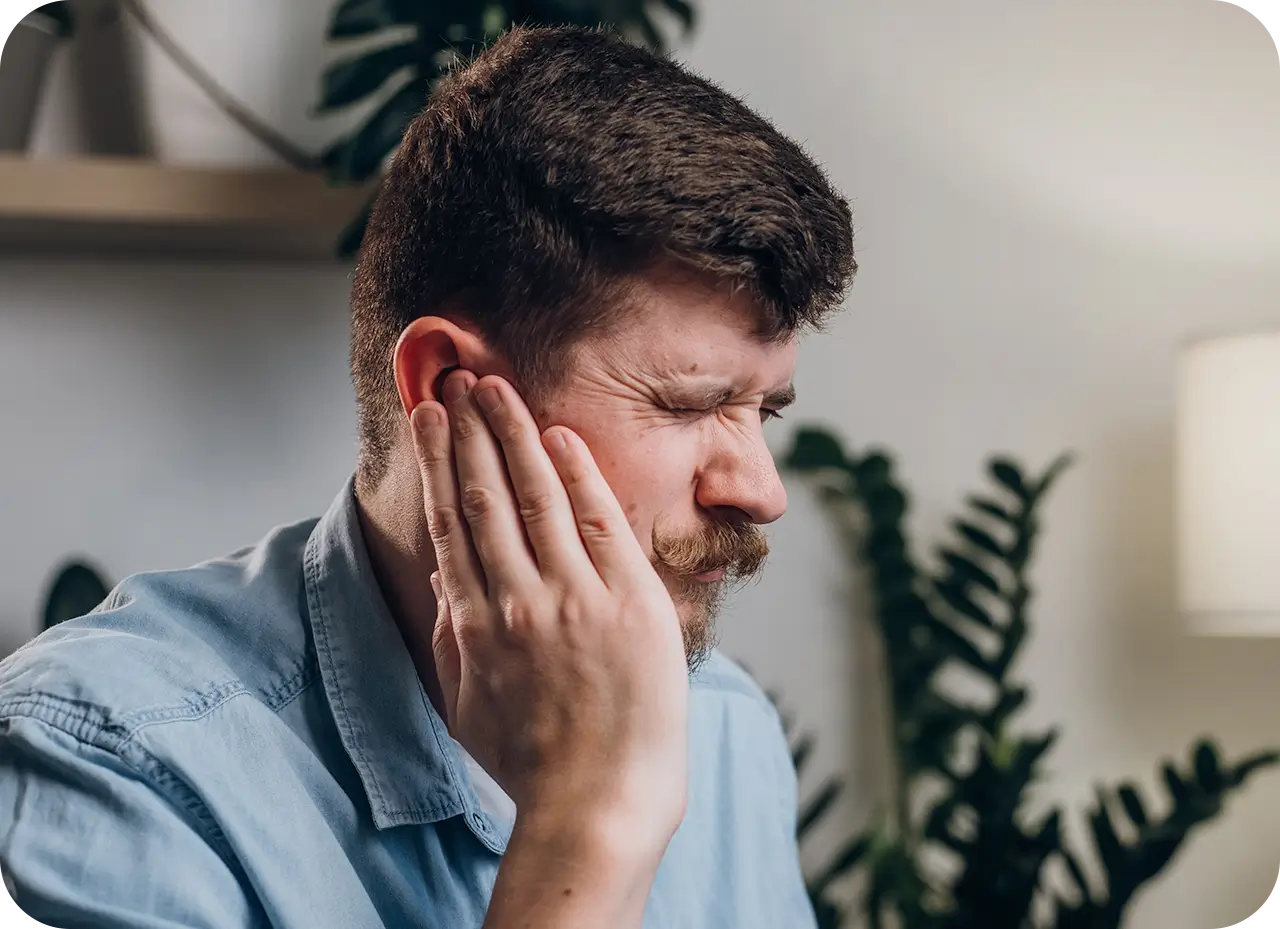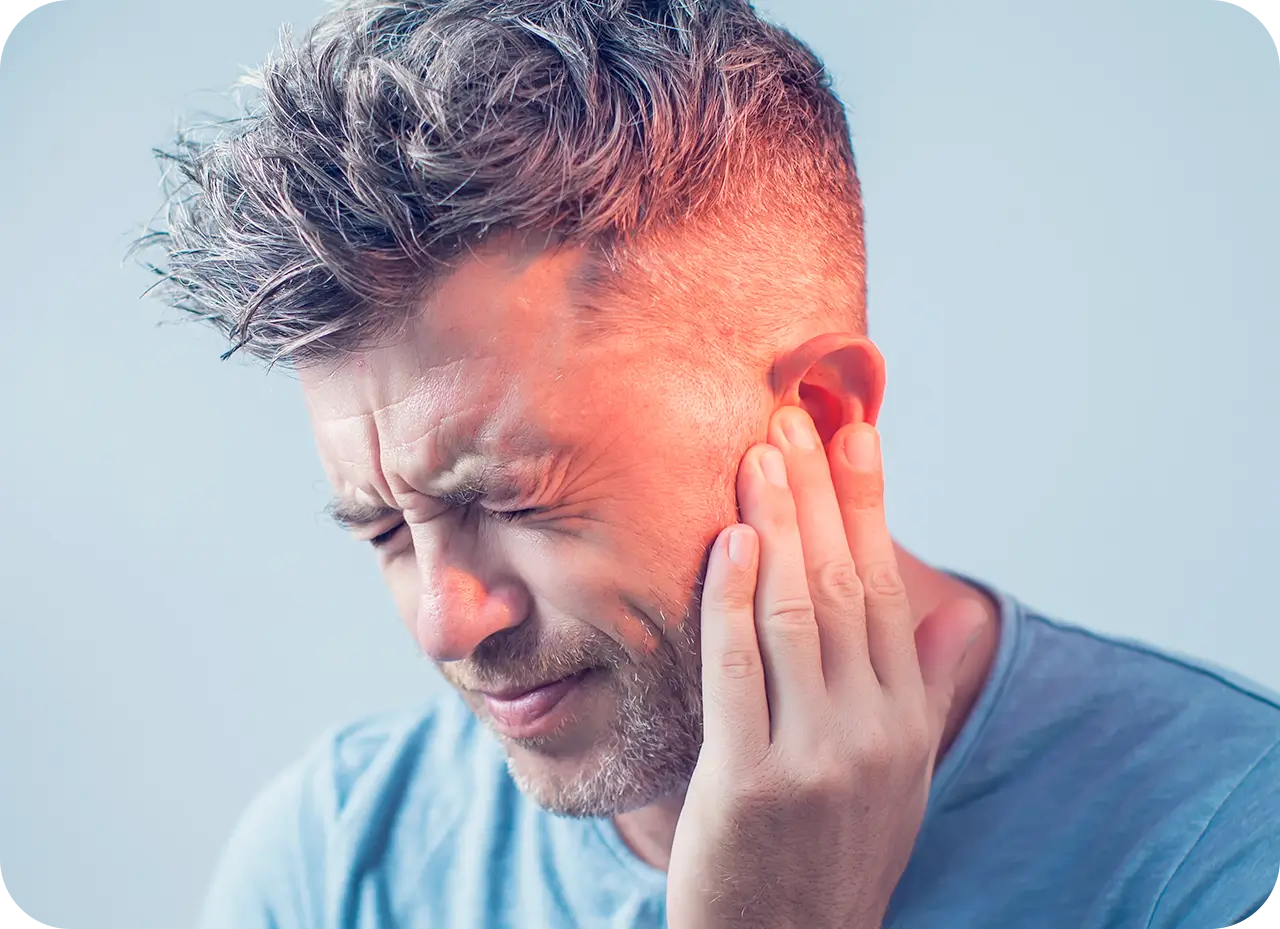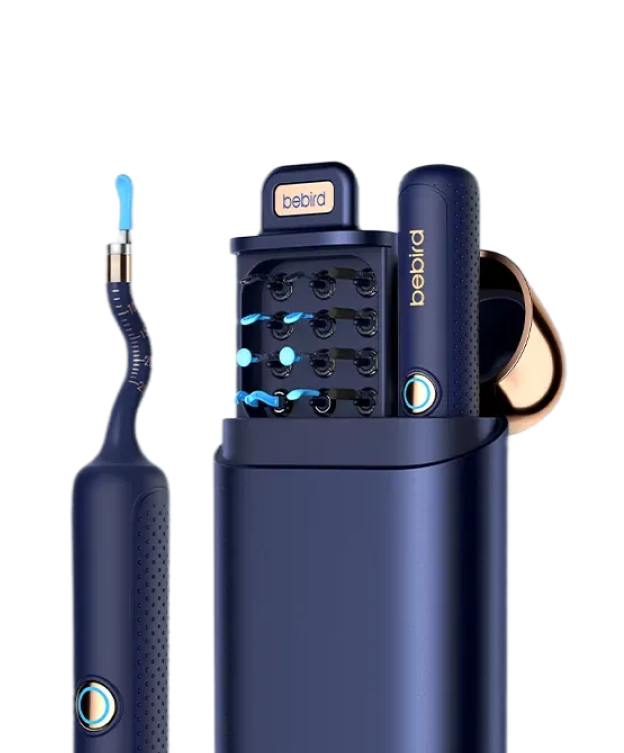Wondering how your ears and hearing aids work together? In this article, we’ll explain the role of the pinna (your outer ear), how it helps with hearing, and why it’s crucial for getting the most out of your hearing aids. Let’s dive in!
What is the Pinna?
First things first—let’s talk about what the pinna actually is. The pinna is just a fancy word for your outer ear, the part of your ear that you can see. It’s made up of cartilage and skin, and it’s what helps catch sounds from the environment and funnel them into your ear canal. Think of it as a natural sound collector!
It’s shaped the way it is for a reason: the curves and folds help direct sounds from different directions into your ear canal so your brain can figure out where sounds are coming from. Without the pinna, we’d lose a lot of our ability to locate sounds around us.
How Does Pinna Help Us Hear?
Your pinna (that’s the outer part of your ear) might seem like just a small part of your body, but it actually plays a huge role in how we hear. It’s not just there for looks—it’s specifically shaped to help us detect sound.
Here’s how it works: the pinna acts like a funnel, capturing sound waves and directing them into your ear canal. This makes it easier for us to hear things from different directions. Without your pinna, you’d miss out on a lot of sounds, especially those coming from the side or behind you.
One of the most important things your pinna does is amplify certain frequencies, like human speech. The way your ear is shaped helps boost sounds in the range we need to hear conversations more clearly. That’s why, even in noisy places, we can still understand what someone is saying without needing to shout.
And there's more—your pinna helps you figure out where sounds are coming from. Ever noticed how you can tell if a sound is coming from in front of you, above, or behind you? This is thanks to the way your pinna interacts with sound. When a sound hits different parts of your ear, it changes slightly, which helps your brain work out the direction it’s coming from.
So, all in all, your pinna is essential for capturing, amplifying, and helping you locate sounds. It works with the rest of your ear to make sure you hear things clearly, from the front, behind, and everywhere in between.
Related: Why Do My Ears Itch When Wearing Hearing Aids?
How Do Hearing Aids Utilize the Pinna?
When you wear a hearing aid, it’s designed to work alongside your pinna. Remember, your pinna is great at capturing sound and directing it into your ear. So, hearing aids are built to mimic this process.

Here’s how it works: hearing aids have microphones that pick up sound, just like your pinna does. These microphones are placed in a way that they can capture sound from the direction you’re facing, similar to how your pinna naturally collects sound from all around you. The hearing aid then amplifies the sound, making it easier for you to hear.
Modern hearing aids are designed to take advantage of the shape of your ear. The device sits just behind or in the ear canal, and this positioning helps the hearing aid make use of your pinna’s natural ability to direct sound. Essentially, the hearing aid works with the pinna, not against it, to give you the best sound quality.
In some cases, hearing aids even adjust the way they pick up sound based on the shape of your ear. For instance, if you have a more open ear canal, the hearing aid might boost certain frequencies to help you hear better, just like how your pinna naturally amplifies speech sounds.
The better the hearing aid fits with your ear, the more it can make use of the pinna’s natural shape to improve your hearing experience.
What Role Does the Pinna Play in Directional Hearing Aids?
One of the coolest things about hearing aids today is their ability to focus on specific sounds. This is called directional hearing, and the pinna is a key player here.
Directional hearing aids use microphones that can pick up sounds from specific directions. The pinna helps with this by guiding the microphones to focus on sound coming from in front of you, while blocking out noise from behind. So, if you’re in a noisy room or a crowd, directional hearing aids make it easier to focus on a conversation without all the background noise.
How Does Pinna Shape Impact Hearing Aid Fit and Comfort?
Here’s the thing: not everyone’s ears are the same. Your pinna shape can affect how well a hearing aid fits and feels. A good fit is essential for hearing aids to work properly and comfortably, so your hearing aid should match the contours of your ear.
If your hearing aid doesn’t fit well, you might not get the best sound quality, or it might feel uncomfortable after a while. The shape of your pinna influences how well the hearing aid stays in place and how it delivers sound to your ear canal. Custom-fit hearing aids are often the best choice if you want a snug, comfortable fit that works with your natural ear shape.
How to Take Care of Your Ears
Keeping your ears clean is super important, especially if you wear hearing aids. Over time, earwax can build up in your ear canal, causing discomfort and even affecting how well your hearing aids work. When earwax gets in the way, it can block sound from reaching your hearing aid microphones, making it harder for you to hear clearly.
To keep everything working smoothly, it’s essential to clean your ears regularly—but not too aggressively. You don’t want to push earwax deeper into the ear canal. Instead, gently wipe the outer ear with a soft cloth. If you feel like you have more wax buildup than usual, using an ear cleaning tool can help. There are many safe and effective tools, such as ear scoops or irrigation kits, designed to help clear out excess wax without causing harm to your ear canal.
For a more high-tech approach, an ear camera is a great option. These small devices allow you to see the inside of your ear canal in real time, so you can monitor and remove wax buildup more precisely. With an ear camera, you can ensure that you’re cleaning your ears safely and effectively, without the risk of damaging your ear drum or pushing wax deeper.
Another important step is to regularly clean your hearing aids themselves. Over time, earwax and other debris can accumulate on the device, affecting its performance. Most hearing aids come with cleaning tools that make it easy to remove buildup from the microphones and speakers. You should also store your hearing aids in a dry, safe place when you’re not using them to prevent moisture damage.
Conclusion
And that’s a wrap! As you can see, the pinna plays a pretty important role in how we hear, and it’s also essential when it comes to how well hearing aids work. By understanding your ear’s natural shape and keeping it clean, you’ll help ensure that your hearing aids perform at their best and stay comfortable throughout the day. Hopefully, this has given you a better idea of how the pinna impacts hearing aid performance.
For easy and effective ear care, consider using ear wax cleaning tools like those offered by Bebird. Their products provide a safe and simple way to keep your ears clean, so you can enjoy better hearing aid performance and overall ear health!
Related: How to Avoid Itching When Wearing Hearing Aid Domes?
















Leave a comment
All comments are moderated before being published.
This site is protected by hCaptcha and the hCaptcha Privacy Policy and Terms of Service apply.